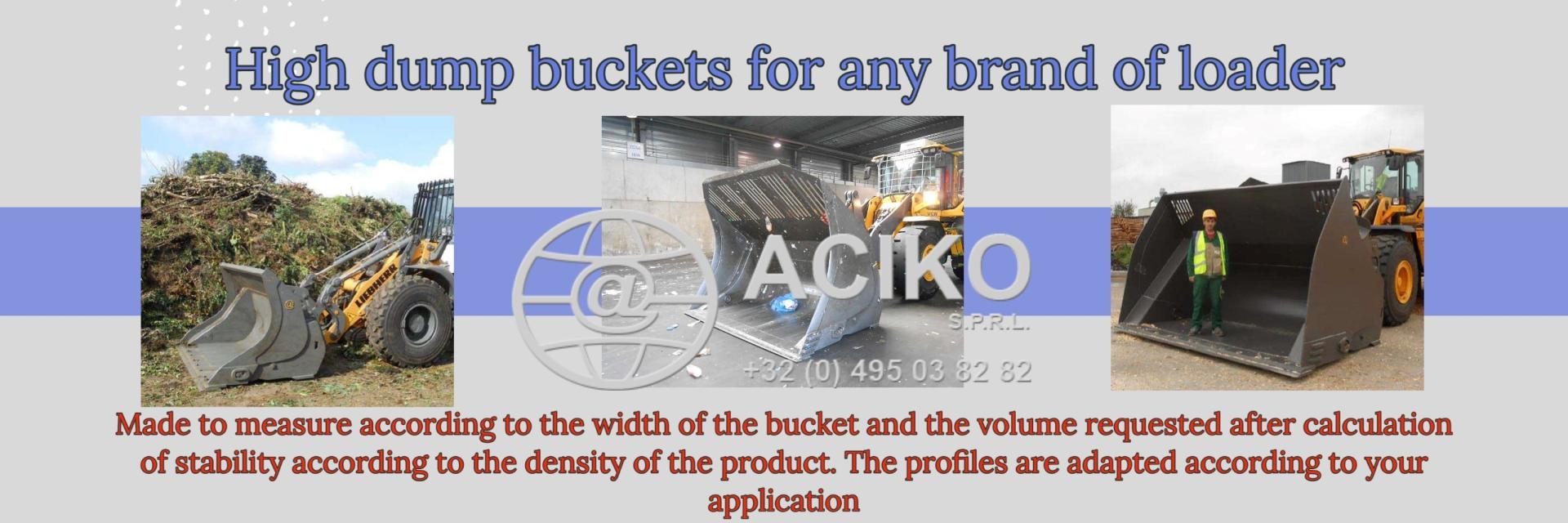JCB A world first: a hydrogen-powered backhoe loader enters service on the Lower Thames Crossing project
 07/10/25-FR-English-NL-footer
07/10/25-FR-English-NL-footer
Une première mondiale : un tractopelle à hydrogène entre en action sur le projet du Lower Thames Crossing
 Image-JCB’s hydrogen-powered backhoe loader being refuelled with hydrogen fuel provided by hydrogen supplier, Ryze (Image courtesy of National Highways)
Image-JCB’s hydrogen-powered backhoe loader being refuelled with hydrogen fuel provided by hydrogen supplier, Ryze (Image courtesy of National Highways)
Sur les rives du fleuve Thames, un vent d’innovation souffle sur le plus ambitieux chantier d’infrastructure du Royaume-Uni. Le Lower Thames Crossing, projet estimé à 10 milliards de livres sterling, devient le premier programme national à s’engager pleinement vers une construction carbone neutre. Et cette promesse prend aujourd’hui forme concrète : un tractopelle à hydrogène, conçu par JCB, vient d’entrer en service sur le site de Gravesend, dans le Kent.
Une première mondiale sur le terrain
Pour la première fois au monde, une machine de chantier alimentée par un moteur à combustion interne fonctionnant à l’hydrogène quitte le cadre expérimental pour rejoindre un véritable projet d’envergure.
Fourni par Flannery Plant Hire et alimenté en hydrogène vert par Ryze, ce tractopelle innovant est mis en œuvre par Skanska, partenaire de livraison du projet pour la région du Kent.
Selon National Highways, maître d’ouvrage du chantier, cette seule machine devrait permettre d’éviter plus d’une tonne d’équivalent CO₂ dès son premier mois d’utilisation. Un jalon symbolique dans la stratégie nationale visant à éliminer le diesel des chantiers britanniques d’ici 2027, soutenue par le plus vaste approvisionnement en hydrogène vert jamais réalisé pour un projet de construction au Royaume-Uni.
Un chantier vitrine pour la décarbonation
Le Lower Thames Crossing, qui reliera les comtés de Kent et d’Essex via une nouvelle route et un tunnel sous la Tamise, a pour ambition de réduire de 70 % son empreinte carbone de construction grâce à l’usage de matériaux et méthodes bas carbone, notamment l’acier et le béton à faibles émissions. Les émissions résiduelles seront compensées d’ici le début des années 2030.
« Ce projet démontrera que l’industrie britannique de la construction possède la vision et les compétences nécessaires pour bâtir les infrastructures de demain, tout en respectant et en valorisant l’environnement local », a déclaré Matt Palmer, directeur exécutif du Lower Thames Crossing.
L’hydrogène entre dans l’histoire du chantier britannique
Pour JCB, pionnier de la motorisation propre, ce moment marque une étape majeure dans la transition énergétique du secteur.
« C’est une avancée historique », souligne Steve Fox, directeur général de JCB pour les grands comptes mondiaux. « Pour la première fois, l’hydrogène prouve son efficacité en tant que carburant neutre en carbone dans une machine de chantier opérationnelle sur un projet d’infrastructure majeur. »
Le constructeur avait déjà mené des essais prometteurs plus tôt dans l’année, notamment sur le site d’extraction de Gallagher à Hermitage Quarry (Kent). Les tests finaux sont en cours, et la production en série du modèle est prévue pour 2026 dans l’usine JCB de Rocester, dans le Staffordshire.
Un projet structurant pour le futur du Royaume-Uni
Le Lower Thames Crossing, approuvé en mars 2025, vise à doubler la capacité routière entre les rives de la Tamise, à désengorger le Dartford Crossing et à créer une voie directe de fret entre les ports du Sud-Est, les Midlands et le Nord de l’Angleterre.
Le lancement officiel des travaux est prévu pour 2026, avec une ouverture attendue au début des années 2030.
NJC.© Info JCB
-------------------------------------------------------------------------------------------------------------
 07/10/25-English
07/10/25-English
A world first: a hydrogen-powered backhoe loader enters service on the Lower Thames Crossing project
 Image-JCB’s hydrogen-powered backhoe loader being refuelled with hydrogen fuel provided by hydrogen supplier, Ryze (Image courtesy of National Highways)
Image-JCB’s hydrogen-powered backhoe loader being refuelled with hydrogen fuel provided by hydrogen supplier, Ryze (Image courtesy of National Highways)
On the banks of the River Thames, a wind of innovation is blowing through the UK's most ambitious infrastructure project. The Lower Thames Crossing, an estimated £10 billion project, is becoming the first national program to fully commit to carbon-neutral construction. And this promise is now taking concrete form: a hydrogen-powered backhoe loader, designed by JCB, has just entered service at the Gravesend site in Kent.
A world first in the field
For the first time in the world, a construction machine powered by a hydrogen-powered internal combustion engine is moving from experimental to a truly large-scale project.
Supplied by Flannery Plant Hire and powered by green hydrogen by Ryze, this innovative backhoe loader is being operated by Skanska, the project's delivery partner for the Kent region.
According to National Highways, the project owner, this single machine should save more than one tonne of CO₂ equivalent in its first month of operation. This is a symbolic milestone in the national strategy to eliminate diesel from UK construction sites by 2027, supported by the largest-ever supply of green hydrogen for a UK construction project.
A showcase project for decarbonization
The Lower Thames Crossing, which will connect the counties of Kent and Essex via a new road and a tunnel under the Thames, aims to reduce its construction carbon footprint by 70% through the use of low-carbon materials and methods, including low-emission steel and concrete. Residual emissions will be offset by the early 2030s.
"This project will demonstrate that the British construction industry has the vision and skills to build the infrastructure of tomorrow, while respecting and enhancing the local environment," said Matt Palmer, Executive Director of the Lower Thames Crossing.
Hydrogen Makes History on British Construction Sites
For JCB, a pioneer in clean powertrains, this moment marks a major milestone in the sector's energy transition.
"This is a historic achievement," said Steve Fox, JCB's Managing Director for Global Key Accounts. "This is the first time that hydrogen has proven its effectiveness as a carbon-neutral fuel in an operational construction machine on a major infrastructure project."
The manufacturer had already conducted promising trials earlier this year, notably at Gallagher's Hermitage Quarry site in Kent. Final testing is underway, and series production of the model is scheduled for 2026 at the JCB factory in Rocester, Staffordshire.
A key project for the future of the United Kingdom
The Lower Thames Crossing, approved in March 2025, aims to double road capacity between the banks of the Thames, relieve congestion at the Dartford Crossing, and create a direct freight route between ports in the Southeast, the Midlands, and the North of England.
The official start of construction is scheduled for 2026, with an expected opening in the early 2030s.
NJC.© Info JCB
-----------------------------------------------------------------------------------------------------------------
 07/10/25-NL
07/10/25-NL
Een wereldprimeur: een graaflaadcombinatie op waterstof wordt ingezet op het Lower Thames Crossing-project
 Image-JCB’s hydrogen-powered backhoe loader being refuelled with hydrogen fuel provided by hydrogen supplier, Ryze (Image courtesy of National Highways)
Image-JCB’s hydrogen-powered backhoe loader being refuelled with hydrogen fuel provided by hydrogen supplier, Ryze (Image courtesy of National Highways)
Aan de oevers van de Theems waait een wind van innovatie door het meest ambitieuze infrastructuurproject van het Verenigd Koninkrijk. Lower Thames Crossing, een project met een geschatte waarde van £ 10 miljard, wordt het eerste nationale programma dat zich volledig inzet voor CO2-neutrale bouw. En deze belofte krijgt nu concrete vorm: een graaflaadcombinatie op waterstof, ontworpen door JCB, is zojuist in gebruik genomen op de bouwlocatie Gravesend in Kent.
Een wereldprimeur in de sector
Voor het eerst ter wereld gaat een bouwmachine met een waterstofverbrandingsmotor van een experimenteel project over naar een echt grootschalig project.
Geleverd door Flannery Plant Hire en aangedreven door groene waterstof van Ryze, wordt deze innovatieve graaflaadcombinatie bediend door Skanska, de projectpartner voor de regio Kent.
Volgens National Highways, de projecteigenaar, zou deze ene machine in de eerste maand van de exploitatie meer dan een ton CO₂-equivalent moeten besparen. Dit is een symbolische mijlpaal in de nationale strategie om diesel op Britse bouwplaatsen tegen 2027 te elimineren, ondersteund door de grootste levering ooit van groene waterstof voor een Brits bouwproject.
Een voorbeeldproject voor decarbonisatie
De Lower Thames Crossing, die de graafschappen Kent en Essex met elkaar verbindt via een nieuwe weg en een tunnel onder de Theems, streeft ernaar de CO₂-voetafdruk van de bouw met 70% te verminderen door het gebruik van koolstofarme materialen en methoden, waaronder emissiearm staal en beton. De restuitstoot zal begin jaren 2030 gecompenseerd zijn.
"Dit project zal aantonen dat de Britse bouwsector de visie en vaardigheden heeft om de infrastructuur van morgen te bouwen, met respect voor en verbetering van de lokale omgeving", aldus Matt Palmer, directeur van de Lower Thames Crossing.
Waterstof schrijft geschiedenis op Britse bouwplaatsen
Voor JCB, een pionier op het gebied van schone aandrijflijnen, markeert dit moment een belangrijke mijlpaal in de energietransitie van de sector.
"Dit is een historische prestatie", aldus Steve Fox, Managing Director Global Key Accounts bij JCB. "Dit is de eerste keer dat waterstof zijn effectiviteit als CO2-neutrale brandstof heeft bewezen in een operationele bouwmachine bij een groot infrastructuurproject."
De fabrikant voerde eerder dit jaar al veelbelovende tests uit, met name op de Hermitage Quarry-locatie van Gallagher in Kent. De laatste tests zijn gaande en de serieproductie van het model staat gepland voor 2026 in de JCB-fabriek in Rocester, Staffordshire.
Een belangrijk project voor de toekomst van het Verenigd Koninkrijk
De Lower Thames Crossing, goedgekeurd in maart 2025, beoogt de wegcapaciteit tussen de oevers van de Theems te verdubbelen, de files bij Dartford Crossing te verlichten en een directe vrachtroute te creëren tussen havens in het zuidoosten, de Midlands en Noord-Engeland. De officiële start van de bouw is gepland voor 2026, met een verwachte opening begin jaren 2030.
NJC.© Info JCB
----------------------------------------------------------------------------------------------------------------
Date de dernière mise à jour : 06/10/2025
















